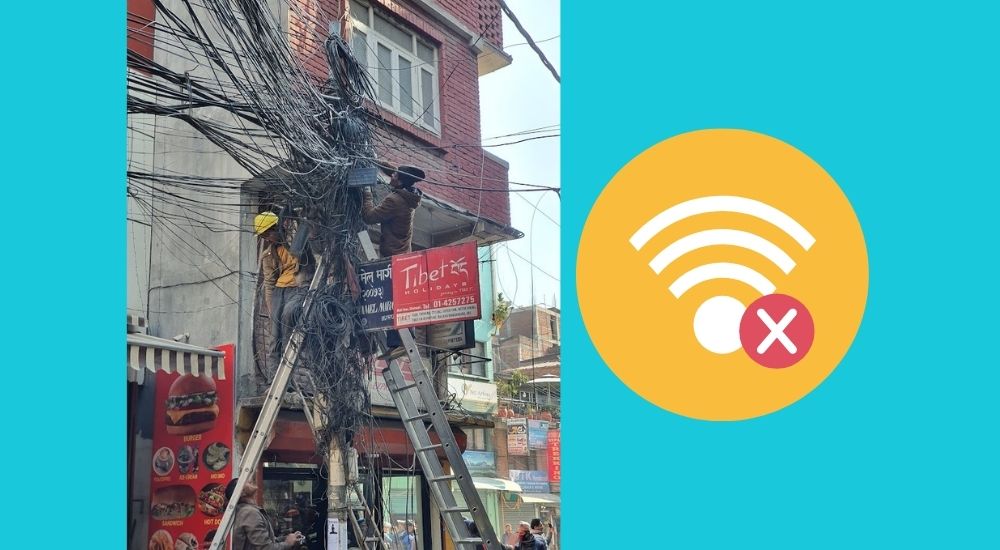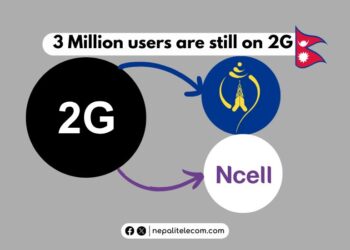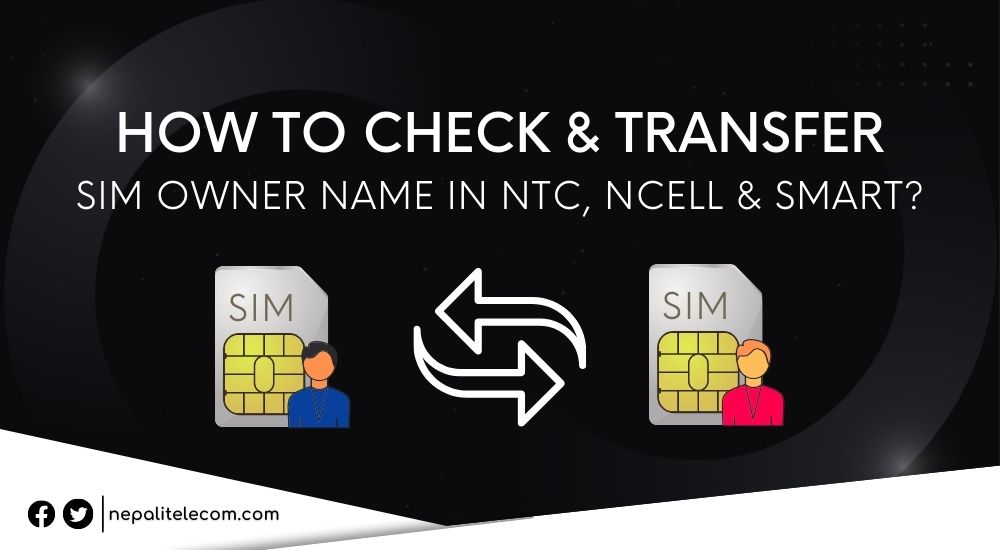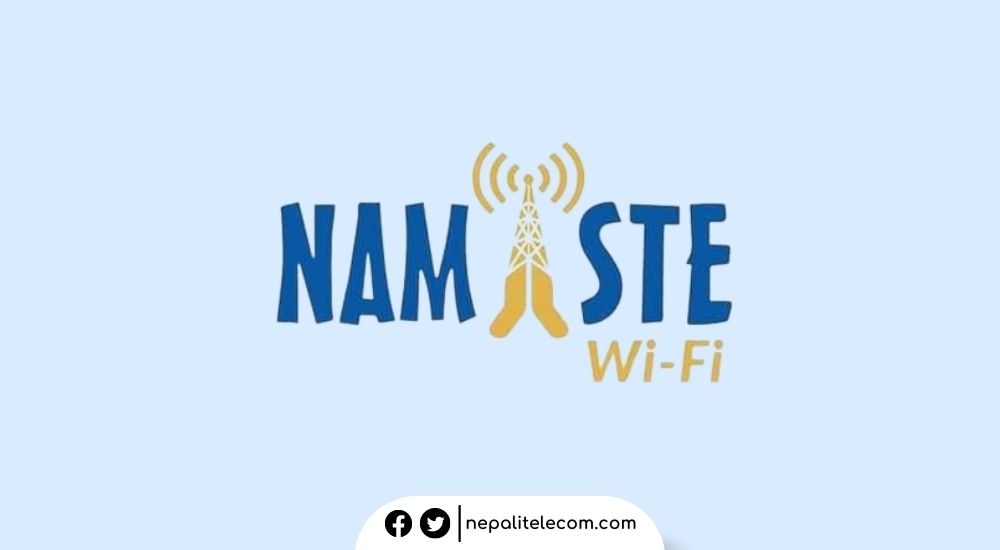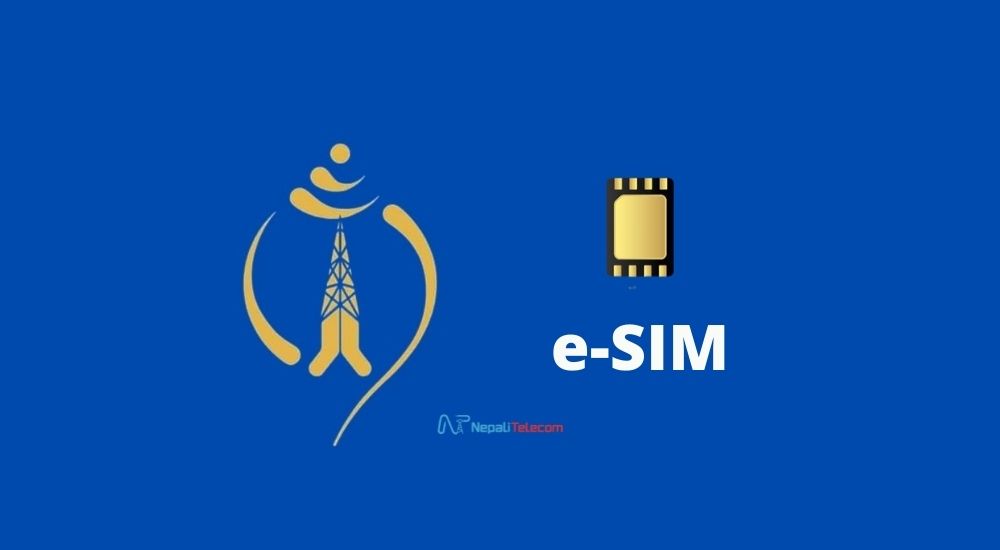The number of eSIM users is growing at a fast pace. It’s come to light that in Nepal, there are currently 4 lakh, 5 thousand, and 663 users of virtual SIM technology on Nepal Telecom and Ncell networks.
The figure indicates a growing trajectory for virtual SIM technology which was alien to Nepalese a few years ago. Here, we explore the total number of eSIM users in Nepal and what is helping its growth in the country.
Also: Transfer eSIM from one mobile phone to another in iOS & Android
Ntc and Ncell eSIM users
According to a report from NTC, its eSIM subscribers reached 2 lakh, 30 thousand, and 663 in 2082 so far. At the same time, Ncell boasts 1.75 lakh eSIM users. The report shows that the government-backed telecom giant is ahead compared to the private telco in terms of eSIM adoption.
In 2081, Ntc had 1.85 lakh users with eSIM while Ncell had 1.50 lakh users. That means, so far, Ntc grew its eSIM base by 45,663 and Ncell by 25,000 new subscriptions.
| eSIM users in Nepal | 2082 | 2081 | Difference |
| Ntc | 230663 | 185000 | 45663 |
| Ncell | 175000 | 150000 | 25000 |
Both companies are growing users of eSIM technology due to the availability of more compatible phones that support eSIM technology.
Ncell says that users can activate roaming and use eSIM while travelling abroad. Both companies allow eSIM registration offline and online. In terms of fees, Ntc charges Rs 50 and Ncell charges Rs 100 for eSIM upgrade. Users can easily upgrade their number to eSIM.
Ntc started providing eSIM service in late 2079, while Ncell started the same service in late 2081.
See: How to Activate Ntc eSIM? Upgrade or New [2025 Update]
What’s spurring the growth of eSIM adoption in Nepal?
Thanks to ever-more advanced cellular technologies, users are able to use eSIM on their phones. NTA is also playing its vital role to ensure new and innovative telecom services arrive in Nepal. Supported handsets are another big reason for its proliferation. In the earlier phase, only flagship smartphones came with eSIM support.
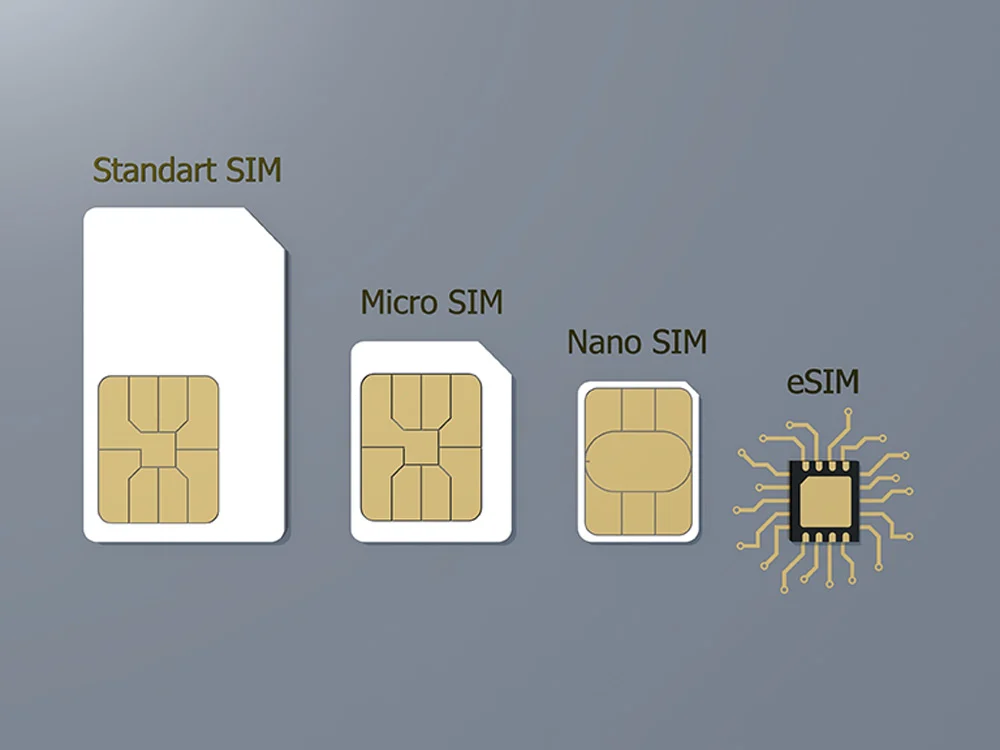
These days, however, upper midrange phones like Redmi Note 14 Pro Plus 5G also come with eSIM compatibility. So, in terms of affordability, the price to get phones with eSIM support has come down. This has enabled more users to buy phones that let you forget physical SIM cards. As it seems, more phones in midrange price range will have support for eSIM. And since Nepal is a market for budget phones, this will further promote adoption of embedded SIM technology in the future. Check out: How to upgrade Ncell eSIM in 2025? | All Explained
Using an eSIM removes the need to insert a physical SIM and bother with its longevity. An eSIM profile is QR-scanned and added on a phone. So, it’s more convenient and straightforward. In the coming future, there will be more users making a switch to such virtual SIM service.
Are you an eSIM user or want to be? What could be forcing you to stay on physical SIM card? Do share your perspective and opinion in our comment section below.



